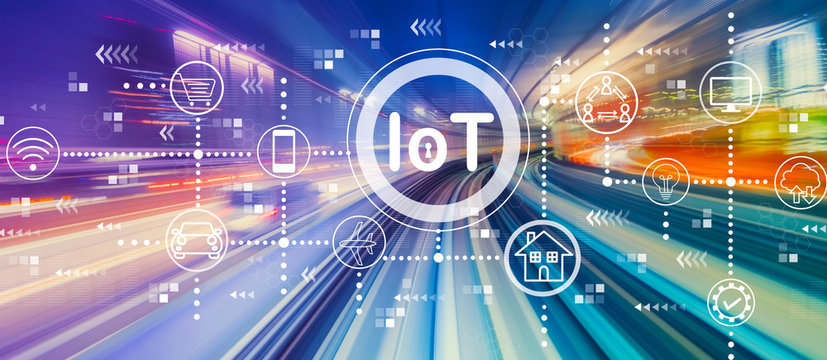I'm always excited to take on new projects and collaborate with innovative minds.
I'm always excited to take on new projects and collaborate with innovative minds.
The Internet of Things (IoT) has been transforming the way we live, work, and interact with technology. IoT has unlocked endless possibilities, from smart homes and wearable devices to industrial automation and smart cities. At the heart of this revolution lies Python, a versatile and beginner-friendly programming language that has become a favorite among IoT developers.

The Internet of Things (IoT) is revolutionizing how devices interact with each other and with users. From smart homes and industrial automation to healthcare and agriculture, IoT is enabling new levels of convenience and efficiency. However, building an IoT ecosystem requires choosing the right programming languages to develop software that runs on devices, gateways, and cloud servers.
IoT refers to a network of interconnected devices that collect, exchange, and process data through the internet. These devices, equipped with sensors, actuators, and communication protocols, can perform tasks autonomously or under remote control. The primary components of an IoT system include:
To develop a robust IoT ecosystem, developers need programming languages suited to different aspects of IoT—firmware, communication, cloud processing, and user interfaces. Below are some of the top languages used in IoT development:
The choice of programming language depends on the specific requirements of your IoT project:
IoT is shaping the future of technology, and selecting the right programming languages is crucial for building efficient and scalable IoT solutions. Whether you're developing firmware for microcontrollers, cloud-based analytics, or interactive mobile applications, understanding the strengths of different languages helps create a seamless and powerful IoT ecosystem. As IoT continues to grow, embracing a multi-language approach can enhance development and deployment efficiency across various IoT applications.
Download Artical or View Exploring the Internet of Things (IoT)
Your email address will not be published. Required fields are marked *